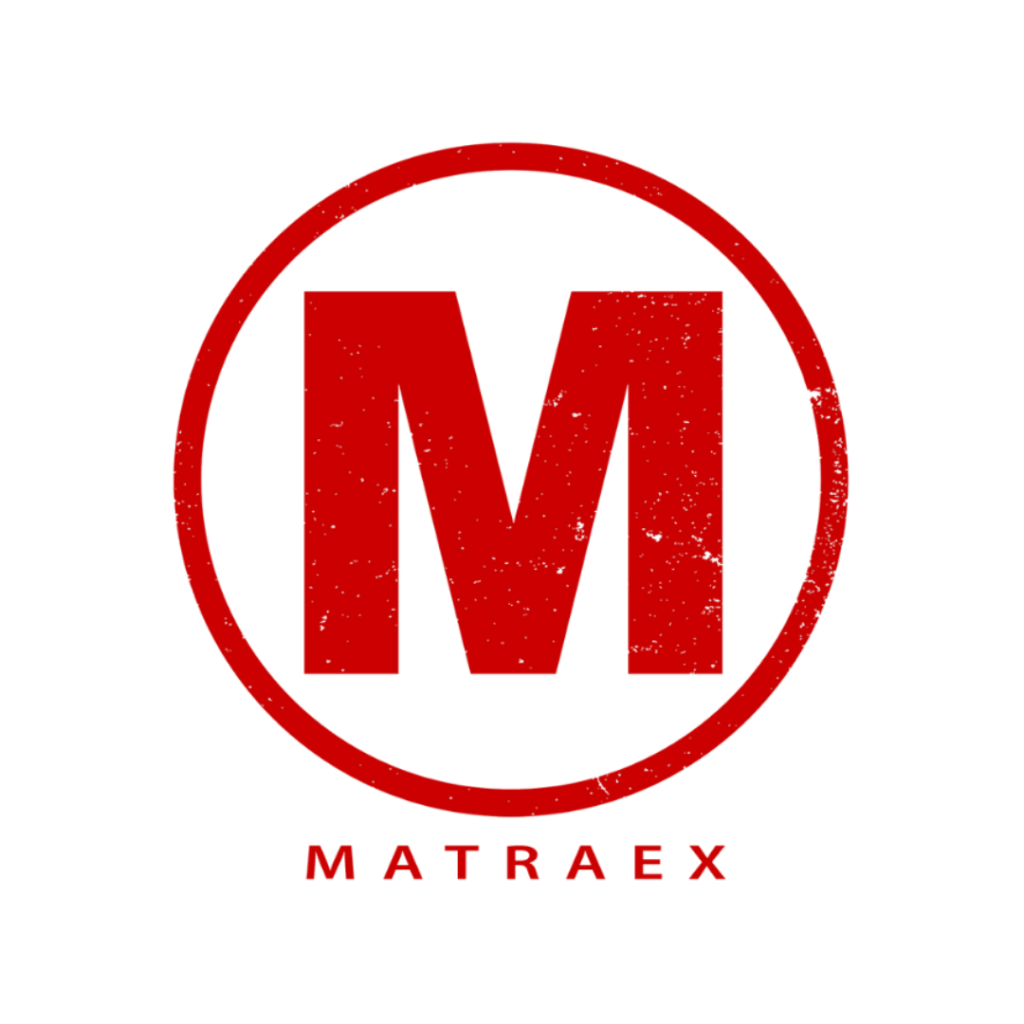

There once was a programmer that loves CODE
With an idea for AI app that writes POEMS
"Can't work at my workstation
4 days off, christmas vacation
I'll do it from my laptop at HOME\
-AI Poet -
MVP stands for Minimum Viable Product. It is a concept in product development that emphasizes the creation and testing of a product with the minimum set of features necessary to validate its viability in the market. The idea is to quickly bring the product to market and gather feedback from potential customers in order to refine and improve it.
The goal of an MVP is to quickly and efficiently test a product's viability, without spending a lot of time and resources on development and production. This allows businesses to quickly identify which features are most important to customers, and to focus on those features in future iterations of the product.
To create an MVP, businesses must first identify their target market and the problem that their product will solve. This will help them to determine the minimum set of features that are necessary to test the product's viability. Once those features have been identified, the product can be built and tested with a small group of customers.
The feedback from these customers will be used to refine the product and improve its viability. This feedback can also help businesses to identify new features that customers are interested in, and to prioritize those features for future development.
MVPs are often used in the early stages of product development, when a business is trying to determine the potential market for a product. They can also be used in established businesses, when a company is looking to test a new product or feature.
Overall, MVPs are an important tool for businesses that are looking to quickly and efficiently validate the viability of their products. By focusing on the minimum set of features necessary to test the product's viability, businesses can save time and resources, and quickly gather valuable feedback from potential customers.
As a new software founder and product owner, there are a number of vocabulary words and key definitions that you should be familiar with. These include:
Agile: A software development methodology that emphasizes flexibility and collaboration.
Backlog: A list of tasks or features that need to be completed in a software project.
Burn-down chart: A visual representation of the progress of a software project, showing how much work has been completed and how much remains.
Epic: A large user story that is broken down into smaller tasks or stories.
Iteration: A set period of time during which a specific set of work is completed in a software project.
Kanban board: A visual tool used to manage and track the progress of a software project.
Minimum viable product (MVP): A version of a product with just enough features to be useful and testable.
Product owner: The person responsible for defining the features and requirements of a software product.
Scrum: An agile framework for managing and completing complex projects.
User story: A description of a feature or requirement from the perspective of the user.
An MVP, or Minimum Viable Product, is a development technique in which a new product or website is developed with just enough features to satisfy early customers, and to provide feedback for future product development. The goal of an MVP is to test the feasibility and potential of a product idea, and to gather valuable insights from early adopters.
In contrast, a fully scoped custom software development project is a more comprehensive and detailed undertaking. It involves a thorough analysis of the project requirements, as well as a complete specification of all the features and functionality that the final product should have. The development process is typically more extensive and time-consuming, as it involves building and testing all of the specified features.
There are several key differences between an MVP and a fully scoped custom software development project. First, an MVP is designed to be a minimum, or bare-bones, version of a product, whereas a fully scoped project is intended to be a complete and fully-featured product. This means that an MVP will typically have fewer features and functionality than a fully scoped project.
Second, an MVP is developed with the primary goal of gathering feedback and testing the viability of a product idea, whereas a fully scoped project is focused on delivering a complete and fully-functional product. This means that an MVP will typically be developed and launched faster than a fully scoped project, as it does not need to include all of the features and functionality of the final product.
Third, an MVP is often developed using a lean, agile, or iterative approach, which allows for flexibility and rapid iteration based on feedback from early adopters. In contrast, a fully scoped custom software development project is typically developed using a more traditional, waterfall approach, which involves a more structured and linear process.
Overall, an MVP is a quick and cost-effective way to test the viability of a product idea, and to gather valuable insights from early adopters. It is a valuable tool for startups and other organizations looking to validate their product ideas and gain a competitive advantage in the market. A fully scoped custom software development project, on the other hand, is a more comprehensive and detailed undertaking that is aimed at delivering a complete and fully-functional product.